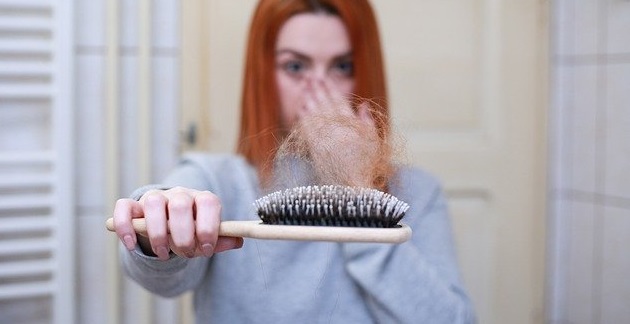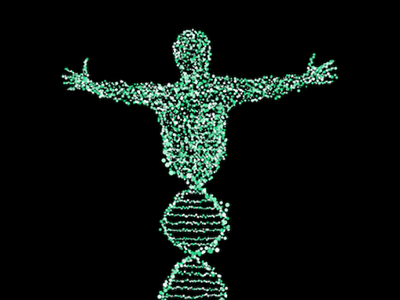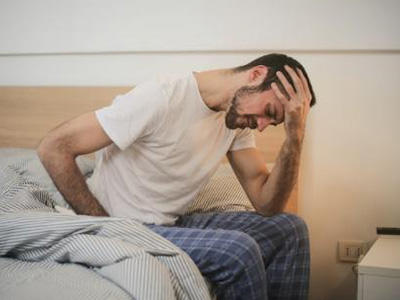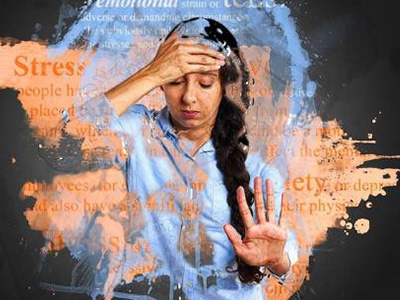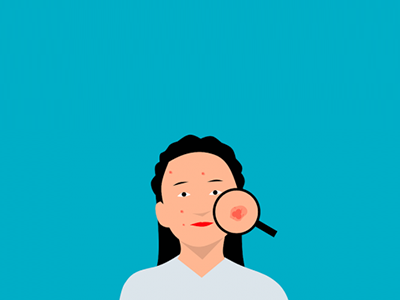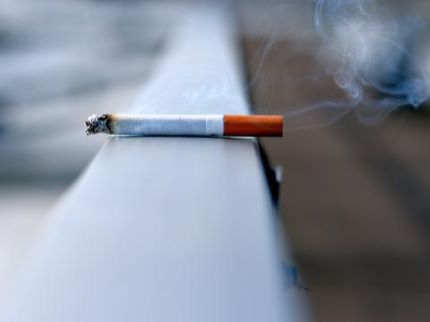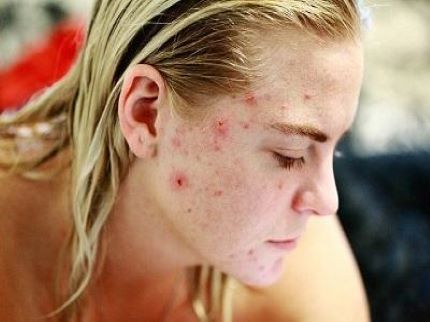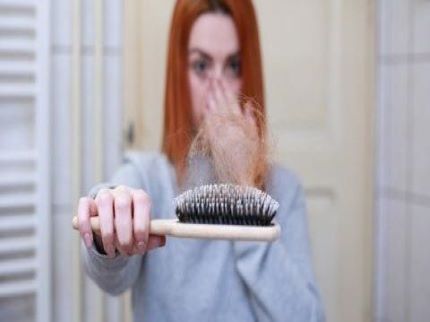If you are reading this article, there is a chance you may have noticed from photos, your hairbrush, or even cleaning up your bathroom an increased amount of hair loss. You may be surprised to learn that everyone naturally undergoes hair loss (up to nearly 100 hairs per day!). After the three phases (growth, transition, and resting), your hair cycles into a fourth phase called Exogen, where you shed your “old” hairs. This shedding may become concerning and even emotionally difficult when the loss becomes excessive. Hair loss can appear in many different ways:
- Gradual thinning on top of the head
- For males, this typically begins at the temples with a receding hairline
- Females characteristically experience a broadening of the part in the middle of the scalp
- Circular or patchy bald spots that may come after itchy or painful sensations
- Sudden loosening of hair that may come out in larger clumps
- Full-body hair loss
- Patches of scaling that lead to broken hairs
Hair loss (aka Alopecia) and baldness may be due to one of several factors. These may include illnesses, stress, sexually transmitted infections, thyroid conditions, or even nutrition. Many know that chemotherapy medications can often cause hair loss. Surprisingly, over 500 drugs/drug combinations have hair loss as a potential side effect. Reversal of hair loss may occur if a physician can treat or correct one of these underlying factors. Unfortunately, the most common cause of hair loss for both men and women is a combination of hereditary factors, age, and hormonal changes.
Luckily, some treatments can slow the progression of hair loss and even increase hair growth. Some commonly used agents include:
- Finasteride is a tablet that prevents the conversion of testosterone to dihydrotestosterone (DHT) which can attack hair follicles and cause hair to fall out and stop growing.
- Steroids like Fluocinolone inhibit inflammatory responses that can lead to hair loss.
- Fluconazole helps mitigate hair loss by reducing localized testosterone and thus prevents the downstream conversion of DHT.
- Minoxidil is suspected to work by increasing blood flow to hair follicles and prolong the time spent in the first 3 phases of the hair cycle.
The earlier you identify and treat hair loss, the better your chances of keeping your hair! Consider speaking to a provider from Physicians Promise today to get started on a treatment plan for your hair loss.


